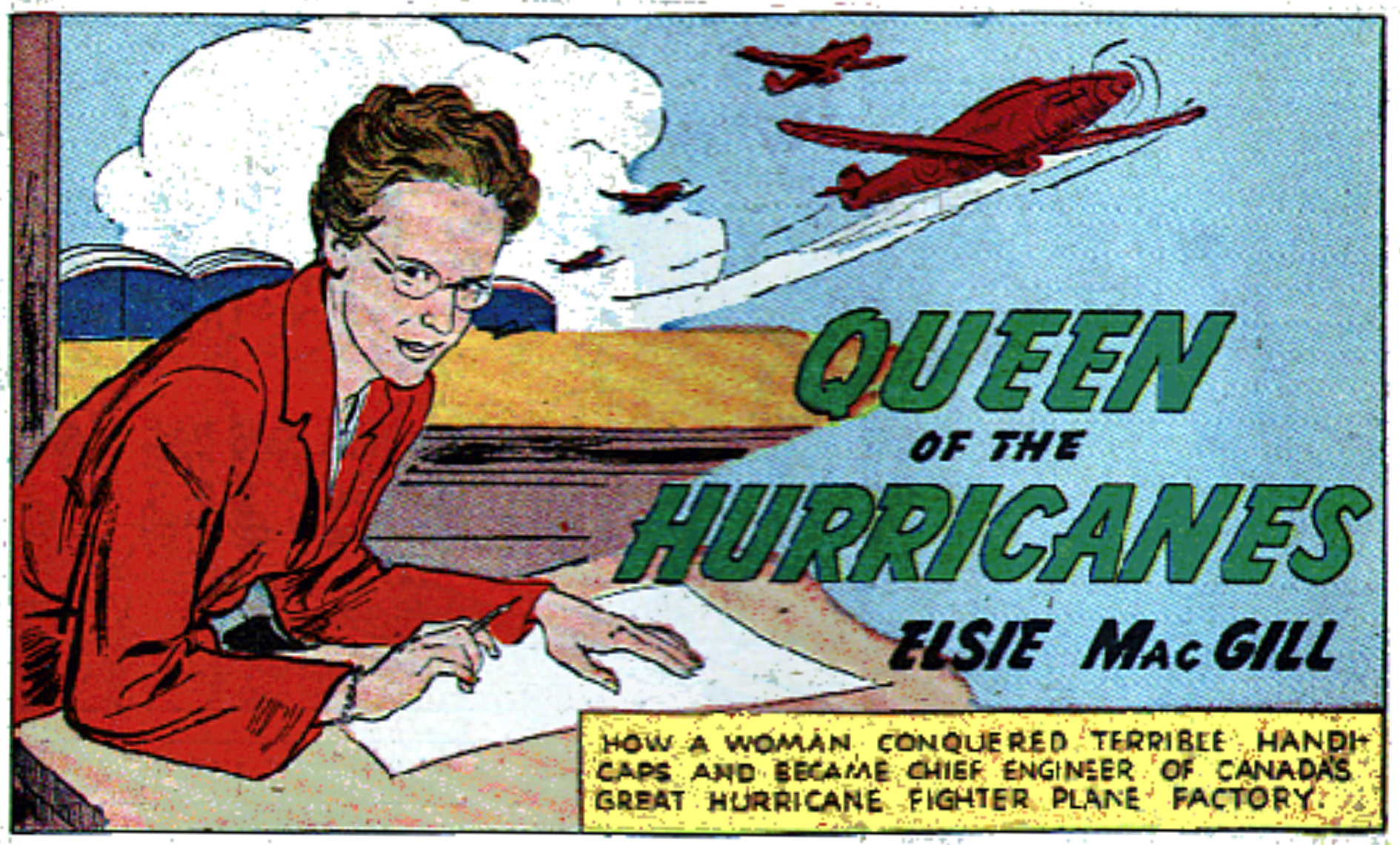Hello ladies and gents this is the Viking telling you that today we are talking about
History of women in engineering
The history of women in engineering predates the development of the profession of engineering. Before engineering was recognized as a formal profession, women with engineering skills often sought recognition as inventors. During the Islamic Golden Period from the 8th century until the 15th century there were many Muslim women who were inventors and engineers, such as the 10th-century astronomer Mariam al-Asturlabi.
In the 19th century, women who performed engineering work often had academic training in mathematics or science, although many of them were still not eligible to graduate with a degree in engineering, such as Ada Lovelace or Hertha Marks Ayrton. Rita de Morais Sarmento was one of the first women in Europe to be certified with an academic degree in engineering in 1896. In the United States at the University of California, Berkeley, however, both Elizabeth Bragg (1876) and Julia Morgan (1894) already had received their bachelor's degree in that field.
In the early years of the 20th century, a few women were admitted to engineering programs, but they were generally looked upon as curiosities by their male counterparts. Alice Perry (1906), Cécile Butticaz (1907), and Elisa Leonida Zamfirescu (1912) were some of the first European to graduate with a degree in engineering. The entry of the United States into World War II created a serious shortage of engineering talent in America as men were drafted into the armed forces.
The GE on-the-job engineering training for women with degrees in mathematics and physics, and the Curtiss-Wright Engineering Program had "Curtiss-Wright Cadettes" ("Engineering Cadettes", e.g., Rosella Fenton). The company partnered with Cornell, Penn State, Purdue, the University of Minnesota, the University of Texas, RPI, and Iowa State University to create an engineering curriculum that eventually enrolled over 600 women. The course lasted ten months and focused primarily on aircraft design and production.
Kathleen McNulty (1921–2006), was selected to be one of the original programmers of the ENIAC. Georgia Tech began to admit women engineering students in 1952. The Massachusetts Institute of Technology (MIT) had graduated its first female student, Ellen Swallow Richards (1842–1911), in 1873. The École Polytechnique in Paris first began to admit women students in 1972.
The number of BA/BS degrees in engineering awarded to women in the U.S. increased by 45 percent between 1980 and 1994. However, from 1984 to 1994, the number of women graduating with a BA or BS degree in computer science decreased by 23 percent.
And as always have a chilled day from the Viking

Comments
Post a Comment